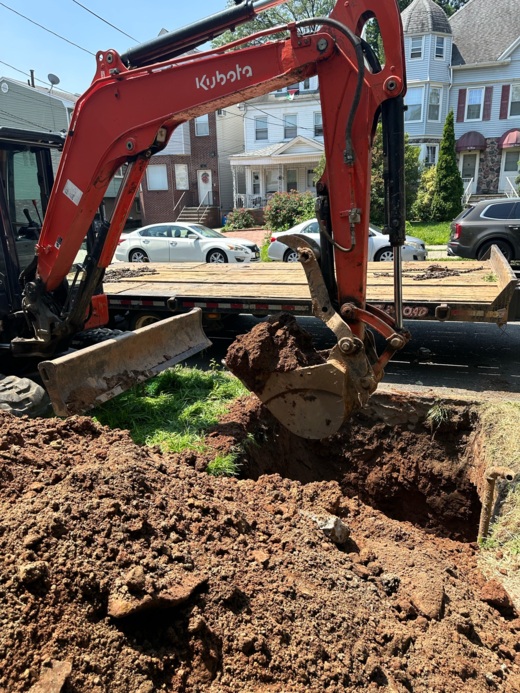Abandoning an underground oil tank involves a careful and regulated process to prevent environmental contamination and potential hazards. Whether you’re a homeowner, buyer, or realtor, understanding the signs of proper abandonment is crucial. This guide will help you identify whether an underground oil tank removal was executed correctly and ensure peace of mind.
Why Proper Abandonment is Important
Improperly abandoned oil tanks can lead to soil and water contamination, posing significant health and environmental risks. It can also result in costly cleanup efforts and legal liabilities. Therefore, verifying that the abandonment process was correctly performed is essential.
Key Steps in Underground Oil Tank Removal and Abandonment
Before diving into the signs of proper abandonment, let’s review the essential steps involved in the underground oil tank removal process:
Permits and Inspections: Obtaining necessary permits and scheduling inspections with local authorities.
Tank Emptying: Safely removing any remaining oil and cleaning the tank.
Tank Removal or Filling: Excavating and removing the tank or filling it with an inert material like sand or foam if removal isn’t feasible.
Soil Testing: Conducting soil tests to check for contamination.
Proper Disposal: Disposing of the tank and any contaminated soil according to environmental regulations.
Documentation: Maintaining detailed records of the entire process, including permits, inspection reports, and soil test results.
Signs of Properly Abandoned Oil Tanks
Permits and Inspection Reports
One of the first things to check is whether the proper permits were obtained for the underground oil tank removal. Local authorities typically require permits for tank removal or abandonment. Additionally, inspection reports should indicate that the process was inspected and approved by relevant authorities.
Detailed Documentation
Proper abandonment includes thorough documentation of the entire process. This should include:
Permit applications and approvals
Inspection reports
Soil testing results
Details of the removal or filling process
Disposal records of the tank and any contaminated soil
Soil Testing Results
Soil testing is a critical part of the abandonment process. The results should show that no contamination was present or that any contaminated soil was properly remediated. Ensure that the soil testing was performed by a certified environmental professional.
Tank Removal or Filling Verification
If the tank was removed, there should be records detailing the excavation and removal process. For tanks that were filled in place, documentation should include the type of inert material used and confirmation that the tank was properly cleaned and filled.
Absence of Physical Evidence
A properly abandoned tank should leave no physical evidence, such as depressions in the ground or remnants of the tank. If the tank was filled in place, the area should be level and free of any signs of collapse or sinking.
Environmental Compliance
Check for compliance with local, state, and federal environmental regulations. Proper abandonment processes are designed to prevent future liability issues, so adherence to regulations is a good indicator of proper procedure.
What to Do If You Suspect Improper Abandonment
If you suspect that an oil tank was not properly abandoned, take the following steps:
Hire a Professional: Engage a certified environmental consultant to conduct an assessment.
Conduct Soil Testing: Perform additional soil testing to check for contamination.
Consult with Authorities: Contact local environmental authorities for guidance and potential records of the abandonment.
Plan for Remediation: If contamination is found, develop a remediation plan in compliance with environmental regulations.
At the end we can say that ensuring an underground oil tank removal and abandonment were properly conducted is crucial for safeguarding your property and the environment. By checking for permits, detailed documentation, soil testing results, and compliance with regulations, you can confirm that the process was executed correctly. If in doubt, always seek professional advice to address any concerns.For more information on underground oil tank removal and environmental safety, feel free to contact us or visit our blog for further resources.

